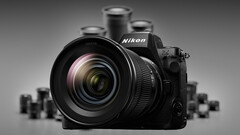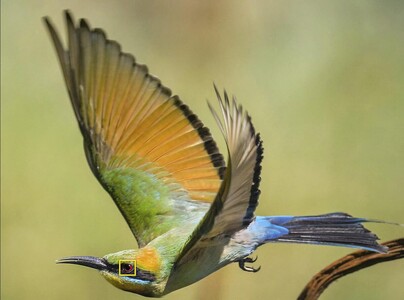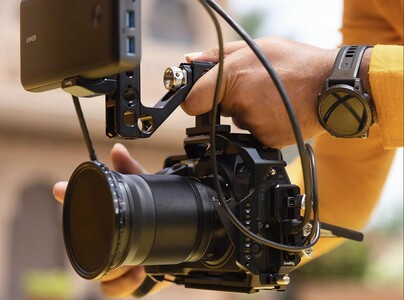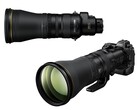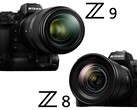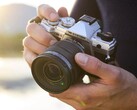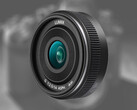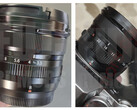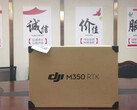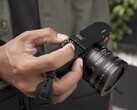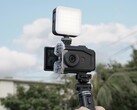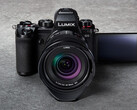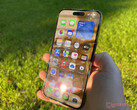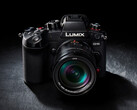1. The Nikon Z8's autofocus performance is solid but still lags those of Canon and Sony
One of the biggest complaints of the Nikon Z9 was its unreliable autofocus, and many of the same autofocus niggles continue to plague the Nikon Z8, despite Nikon's claims that it tweaked the autofocus algorithms for the Z8.
While the autofocus accurately locks onto subjects quickly — slightly slower in low-light situations — there seems to be a fickleness about it. Instead of locking onto and tracking a subject, some reviewers found that it would occasionally unexpectedly switch subjects at the slightest scene change. The Nikon Z8's autofocus also seems to struggle with recognising subjects when they're more than slightly off-axis — a situation that Canon and Sony's eye-autofocus systems manage very well.
It's worth noting that autofocus performance could improve somewhat over time as Nikon continues to make tweaks to the algorithm, but the early reviews put the Z8 behind its Sony and Canon contemporaries for the time being.
2. No rolling shutter issues despite the lack of a mechanical shutter
One of the most contentious features — or lack thereof — of Nikon's Z8 and Z9 is the removal of the mechanical shutter. Nikon argues that the 45.9 MP BSI sensor has fast enough readout rates that it can rely on an electronic shutter. In sports shooting tests, the Nikon Z8 produced clean images with no signs of rolling shutter. Previous reviews of the Nikon Z9, which uses the same sensor and processor, reveal that rolling shutter is not a concern at all.
On the positive side of things, the electronic shutter has proven to be very fast, with shutter speeds of up to 1/32,000s and up to 120fps burst shooting that helps capture fast moving objects like wildlife, children, and aircraft.
Buy a Nikon Nikkor Z 50mm f/1.8 S Prime Lens for Nikon Z Mirrorless Cameras on Amazon.
3. The Nikon Z8 will overheat on hot days in gruelling conditions
Fro Knows Photo and Gerald Undone on YouTube both reported overheating when recording video at 8K. This doesn't mean that the Z8 is a bad video camera, considering one only experienced a thermal event after 95 minutes of recording at 8K in H.265, while the other experienced an overheating SD card. Regardless of the source of these overheating issues, they will put a damper on longer recording sessions, because the camera needs to cool back down before you can record every time it overheats.
An easy solution to this — and probably the smarter choice anyway, given how quickly 8K video will fill storage — is to only record in as high a resolution as you need to.
While Nikon's latest entry into the premium full-frame mirrorless market shows promise for a variety of hybrid shooters, it's finicky autofocus and overheating body raise questions about how useful it will be in demanding situations — although these issues are par for the course in modern bodies. That said, the image quality you get from the sensor, along with the rich feature set and relatively tame price (starting at US$3,999.95) compared to its direct competitors, make it an attractive option for anyone doing stills work and mid-range video on the side.
The Nikon Z8 slides right in-between the Sony Alpha A7S III and A9 II — competing directly with the higher resolution A7R V — in terms of price but provides a decent bump in resolution over both of those cameras. The similarly-priced Alpha A7R V is about as close as you can get to a direct competitor from Sony. Sony's autofocus outperforms the Nikon Z8's by a fair bit, though.
On the Canon side of things, your alternatives are the Canon EOS R5C or the EOS R5, which are slightly cheaper and slightly more expensive, respectively, than the Nikon Z8 and offer similar resolution, image quality, and video features.
Source(s)
Fro Knows Photo (1, 2), DPReview, Gerald Undone, PetaPixel, Nikon, Omar Gonzalez Photography




